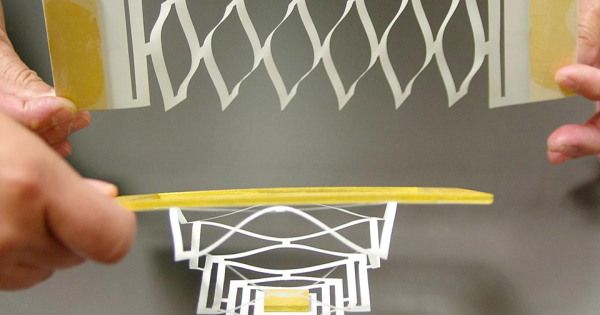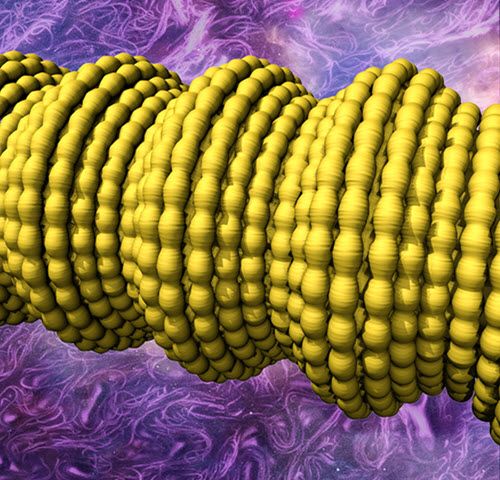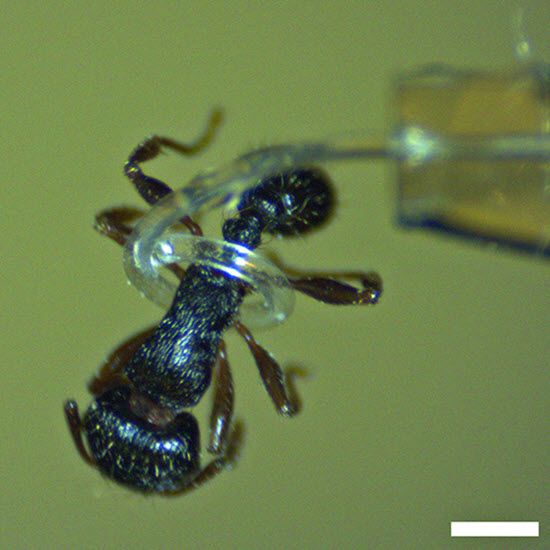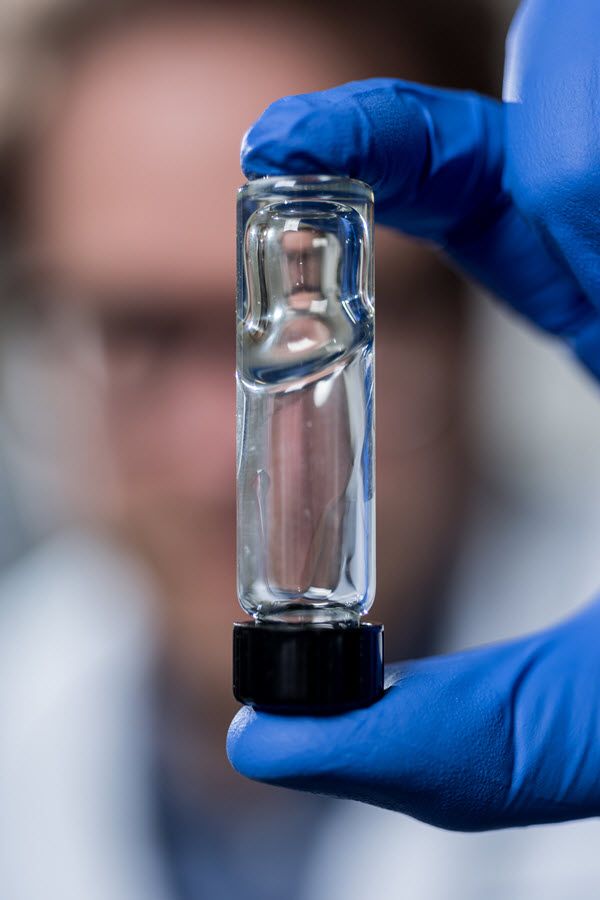Archive for the ‘nanotechnology’ category: Page 308
Jul 27, 2015
Super-elastic conducting fibers for artificial muscles, sensors, capacitors
Posted by Sean Brazell in categories: electronics, nanotechnology
UT Dallas scientists have constructed novel fibers by wrapping sheets of tiny carbon nanotubes to form a sheath around a long rubber core. This illustration shows complex two-dimensional buckling, shown in yellow, of the carbon nanotube sheath/rubber-core fiber. The buckling results in a conductive fiber with super elasticity and novel electronic properties. (credit: UT Dallas Alan G. MacDiarmid Nanotech Institute)
An international research team based at The University of Texas at Dallas has made electrically conducting fibers that can be reversibly stretched to more than 14 times their initial length and whose electrical conductivity increases 200-fold when stretched.
Jul 20, 2015
Nanoscale light-emitting device has big profile
Posted by Shailesh Prasad in categories: energy, nanotechnology
University of Wisconsin-Madison engineers have created a nanoscale device that can emit light as powerfully as an object 10,000 times its size. It’s an advance that could have huge implications for everything from photography to solar power.
Jun 26, 2015
Allegra Fuller Synder Talk at the 2015 IX Symposium
Posted by Odette Bohr Dienel in categories: architecture, chemistry, education, engineering, nanotechnology, science, sustainability
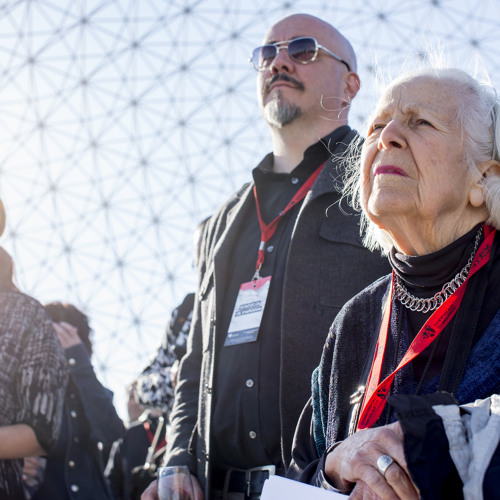
Jun 23, 2015
Micro-tentacles for tiny robots can handle delicate objects like blood vessels
Posted by Sean Brazell in categories: biotech/medical, futurism, nanotechnology, robotics/AI
We are quickly approaching the point at which medical (and industrial) nanotech lives up to the hype!
Jun 15, 2015
Creating DNA-based nanostructures without water
Posted by Sean Brazell in categories: biotech/medical, futurism, nanotechnology
Three different DNA nanostructures assembled at room temperature in water-free glycholine (left) and in 75 percent glycholine-water mixture (center and right). The structures are (from left to right) a tall rectangle two-dimensional DNA origami, a triangle made of single-stranded tails, and a six-helix bundle three-dimensional DNA origami (credit: Isaac Gállego).
Jun 11, 2015
Stanford engineers develop a computer that operates on water droplets — By Bjorn Carey | Stanford News
Posted by Odette Bohr Dienel in categories: computing, hardware, nanotechnology, physics, science, water

” “Following these rules, we’ve demonstrated that we can make all the universal logic gates used in electronics, simply by changing the layout of the bars on the chip,” said Katsikis. “The actual design space in our platform is incredibly rich. Give us any Boolean logic circuit in the world, and we can build it with these little magnetic droplets moving around.”
Tag: design
Apr 16, 2015
Nanoparticle liquid-metal ink allows standard inkjet printers to create flexible circuits
Posted by Seb in category: nanotechnology
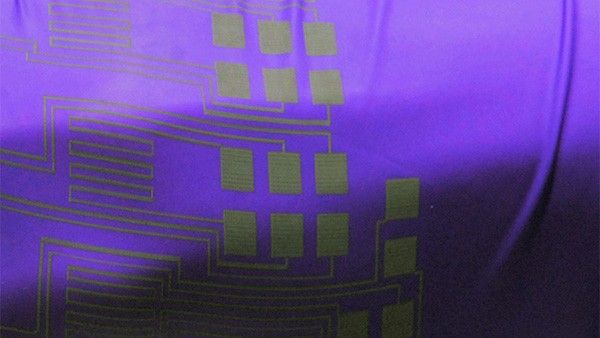
Researchers at Purdue University have shown how standard inkjet-printers can be employed to produce flexible electronic circuits from liquid-metal nanoparticle inks. This simple printing solution promises faster, cheaper, and easier production of stretchable, bendable electronics for clothing, soft robotics, and wearable devices. Read More
Mar 21, 2015
Machine automatically assembles complex molecules at the microscopic level
Posted by Seb in category: nanotechnology
By Colin Jeffrey — Gizmag
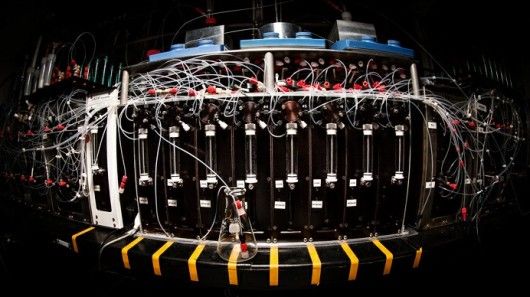
The synthesis of complex small molecules in the laboratory is specialized and intricate work that is both difficult and time-consuming. Even highly-trained chemists can take many years to determine how to build each one, let alone discover and describe its functions. In an attempt to improve this situation, a team of chemists at the University of Illinois claim to have created a machine that is able to assemble a vast range of complex molecules at the push of a button.
A specific class of structures, complex small molecules are readily found in nature and are intrinsic to research in a wide range of scientific fields. In medicine, for example, many of the latest medications have been derived from the manipulation of small molecules. In the biological sciences, small molecules are often used to help reveal the interior mechanisms of tissues and cells. Even non-organic electronic technologies such as semiconductors, including solar cells and LEDs, require the creation and use of these miniature assemblies.
Read more
Mar 17, 2015
This Microscope Can See Down to Individual Atoms
Posted by Seb in category: nanotechnology
Victoria Turk — Motherboard
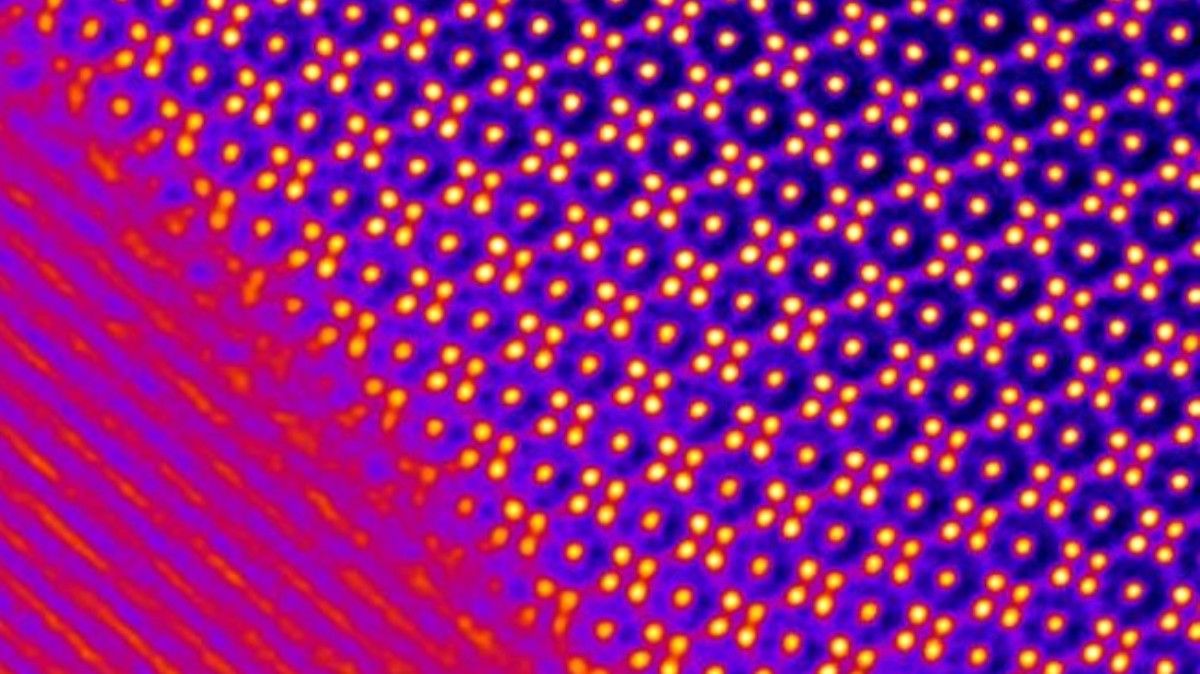
As our devices get ever smaller, so do the materials we use to make them. And that means you have to get really close to see them. Really close. A new electron microscope unveiled at the UK’s national SuperSTEM facility images objects at an unprecedented resolution, right down to the individual atoms.
SuperSTEM is funded by the Engineering and Physical Sciences Research Council (EPSRC) and has three electron microscopes that UK scientists can use. The newest was unveiled last month: a £3.7 million ($5.5 million) Nion Hermes Scanning Transmission Electron Microscope that EPSRC says is one of only three in the world. It can image objects a million times smaller than a human hair.
